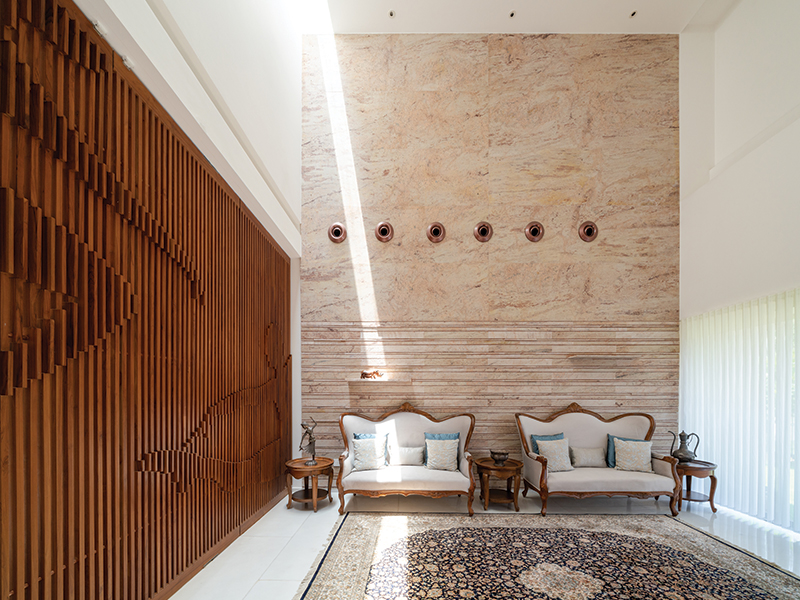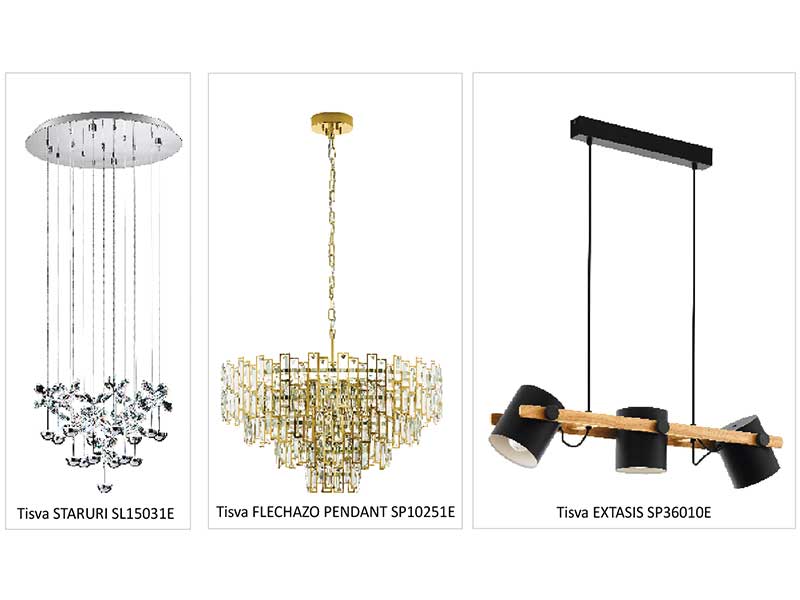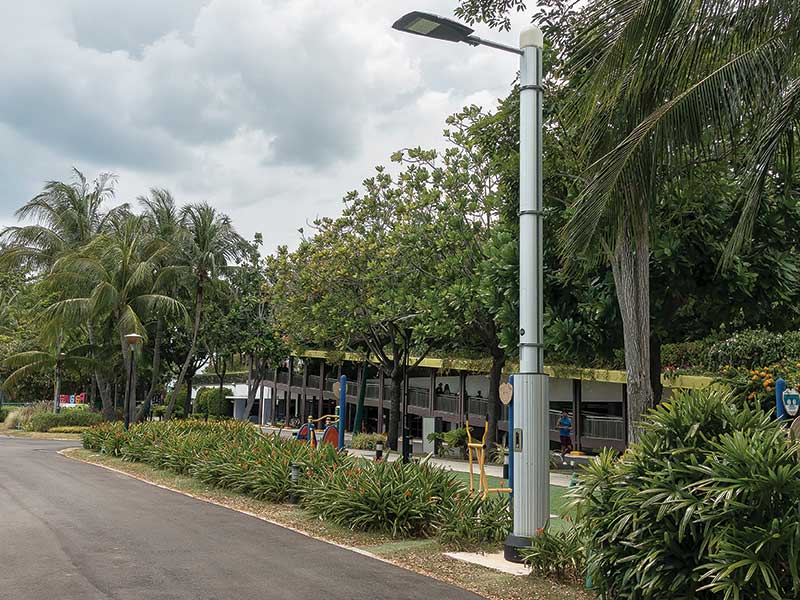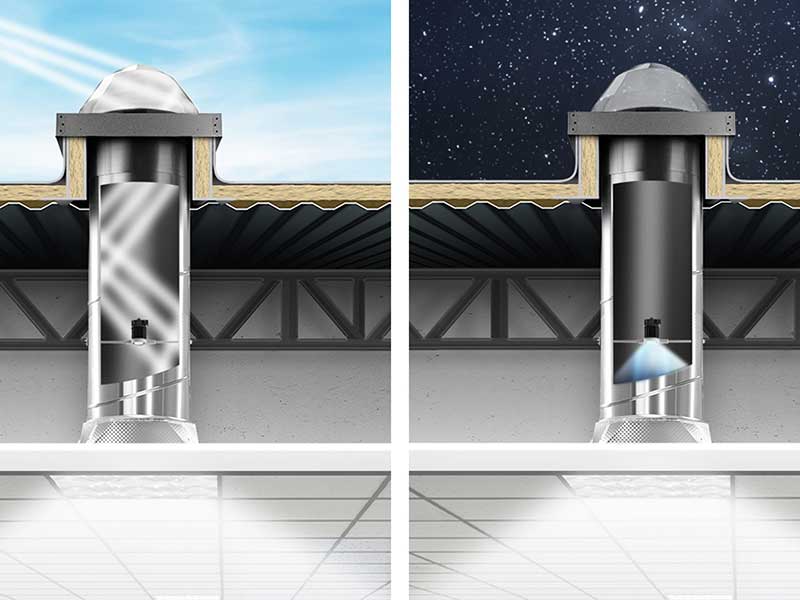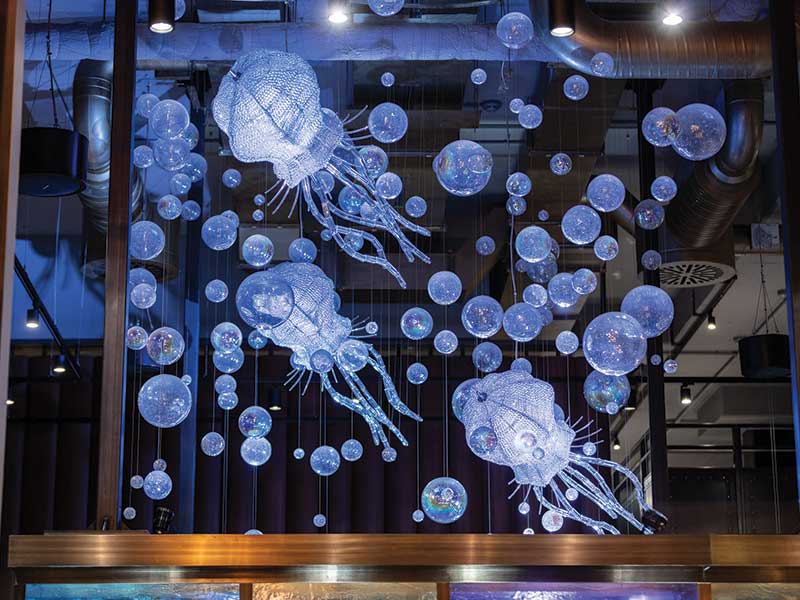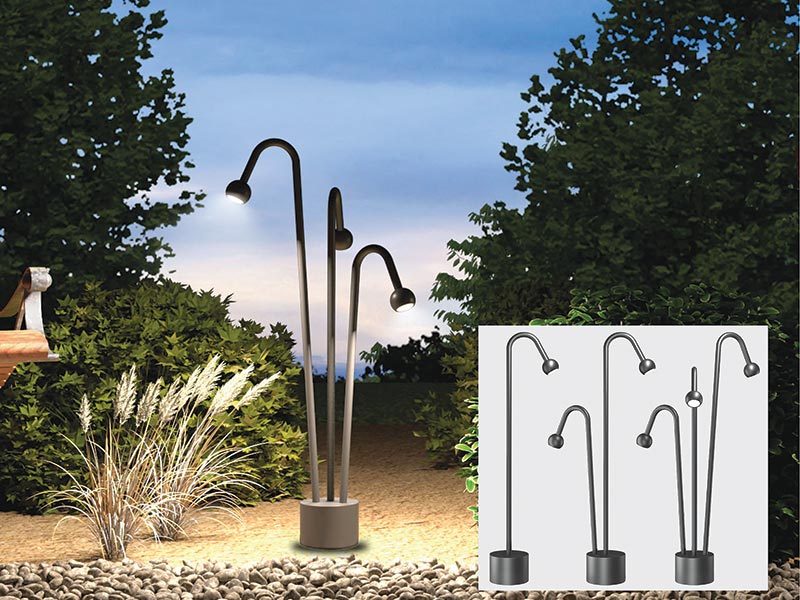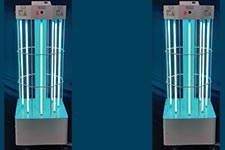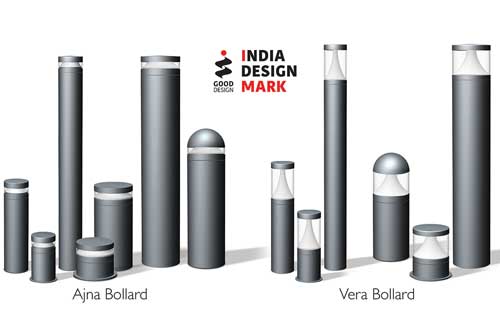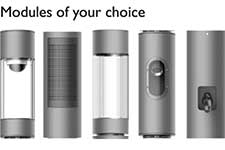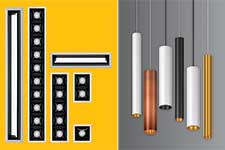
Artificial Intelligence is the way forward for the Industry; it is developing at a very fast pace and the lighting systems of the future will use it to varying extents and in different formats
Rahul Bhat
Employee controlled lighting and lighting solutions tailored to their needs have considerable potential for increasing work satisfaction and enhancing retention. Lighting controls using the latest technology help to adjust colour and light levels and reduce consumption.
Smart Lighting: Control Solutions & lighting schemes can help save 50-60% of electrical consumption. This includes features like day-light harvesting, occupancy sensing etc. With energy compliances and green building, smart lighting control solutions are being incorporated by many corporates.
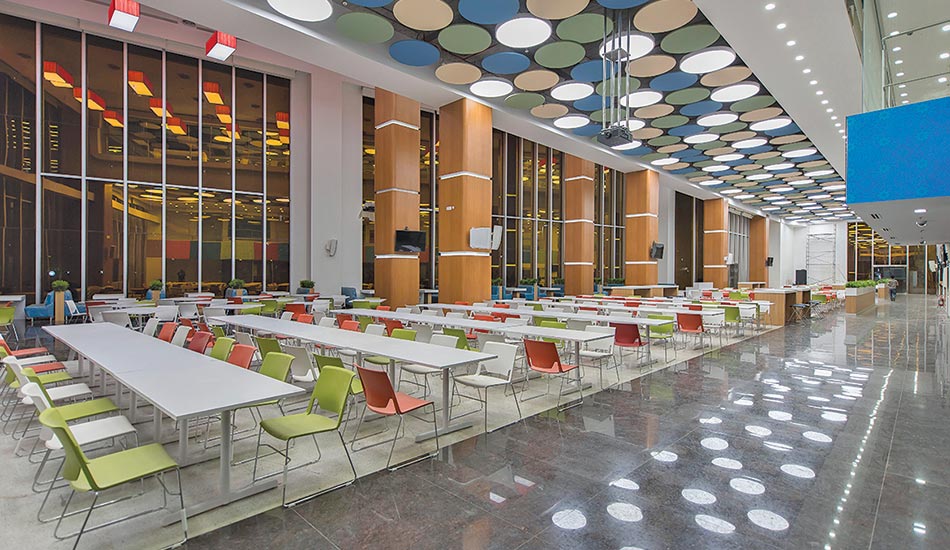
Dell, Bengaluru
Tunability: Human centric lighting has various features sensitised towards increasing workforce energy, productivity, and comfort in the office environment. It creates more variation in the office by activating brightness and relaxing warmth.
POE (Power of Ethernet)-based lighting: These are driver-less fixtures connected via CAT based cables and forming part of the IT network, and they eliminate use of electrical wires, making the project intelligent, efficient and Internet-enabled. They improve serviceability, ensure scalability, and the system can be easily integrated with other systems like HVAC, employee mobile devices, etc. Being scalable, the technology can be upgraded to accommodate future needs. Since there is no driver dependency, serviceability is easier in this system, which also has the potential to remotely manage the luminaires like any other IT device.
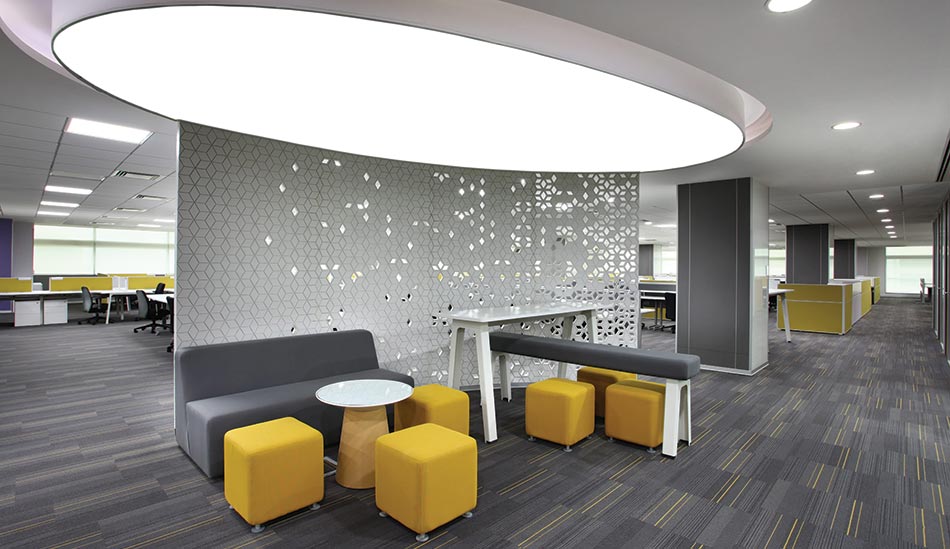
Dell, Noida
Constant Light output: No over installed illuminance. Reduced system power over lifetime of luminaire.
Incorporating Lighting Asset Management tool: This tool controls the entire lighting system on one screen. The system performance can be easily monitored. The tool also helps to manage scheduling and generates reports.
Clutter-free lighting: The earlier lighting solutions involved lot of wires and switches. These have been replaced by wireless lighting and touchscreens that blend beautifully into the office walls, rendering a high level of aesthetics.

Extensive use of LEDs: There is an increased usage of hidden LED fixtures that wrap around a portal to form a slice of light. Lighting enhances spatial awareness and calls attention to the right things. Architectural lighting is used to generate a combination of elements of design, engineering and physics, to produce clear physiological and psychological effects.
Artificial Intelligence (AI) is the way forward for the Industry. AI is developing at a very fast pace and influencing multiple industries and technologies. The lighting systems of the future will use AI to varying extents and in different formats. These include wireless solutions, Intelligent solutions, and the use of sensors in commercial spaces is predicted to grow significantly. As the data gathered moves into cloud-based platforms, learning and related activity will develop in several areas e.g. utilizing presence sensor data from a lighting system to control room temperature, mood control, emergency efficiency, etc.

